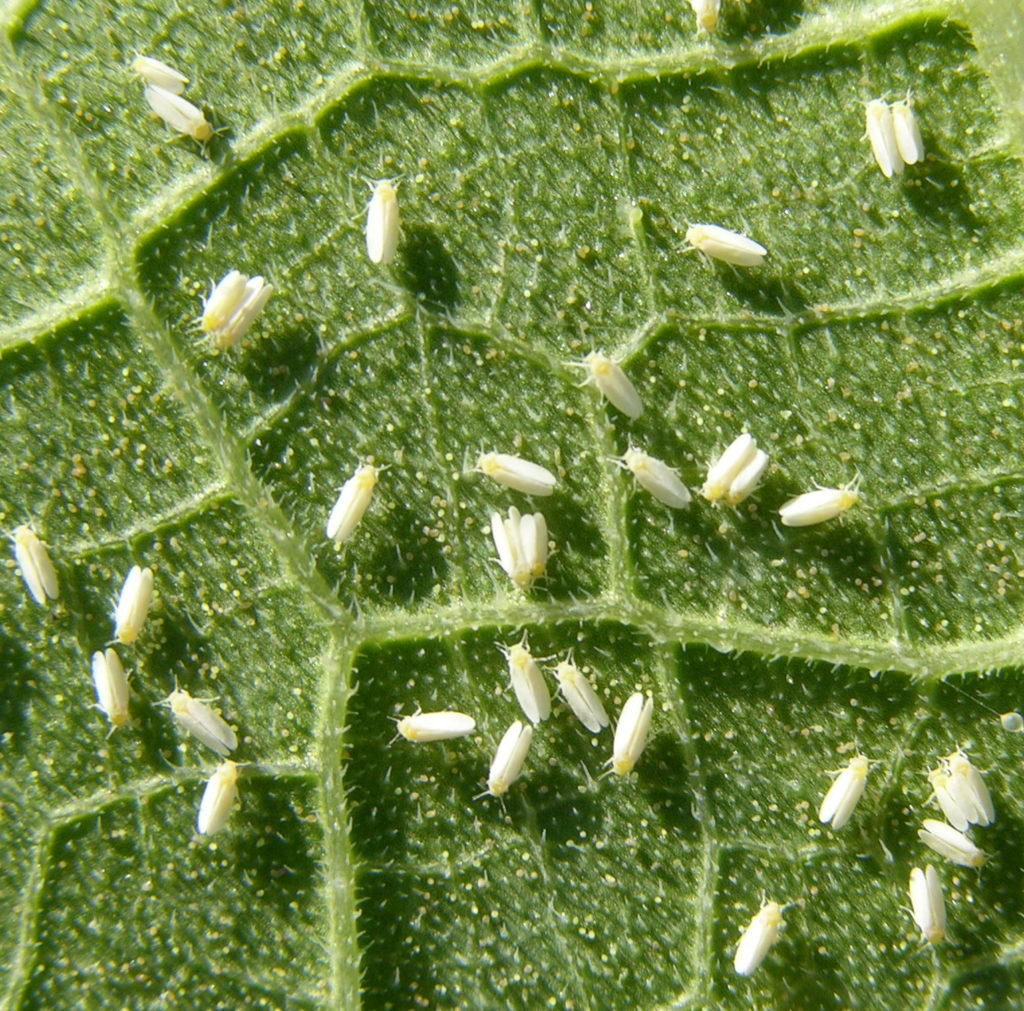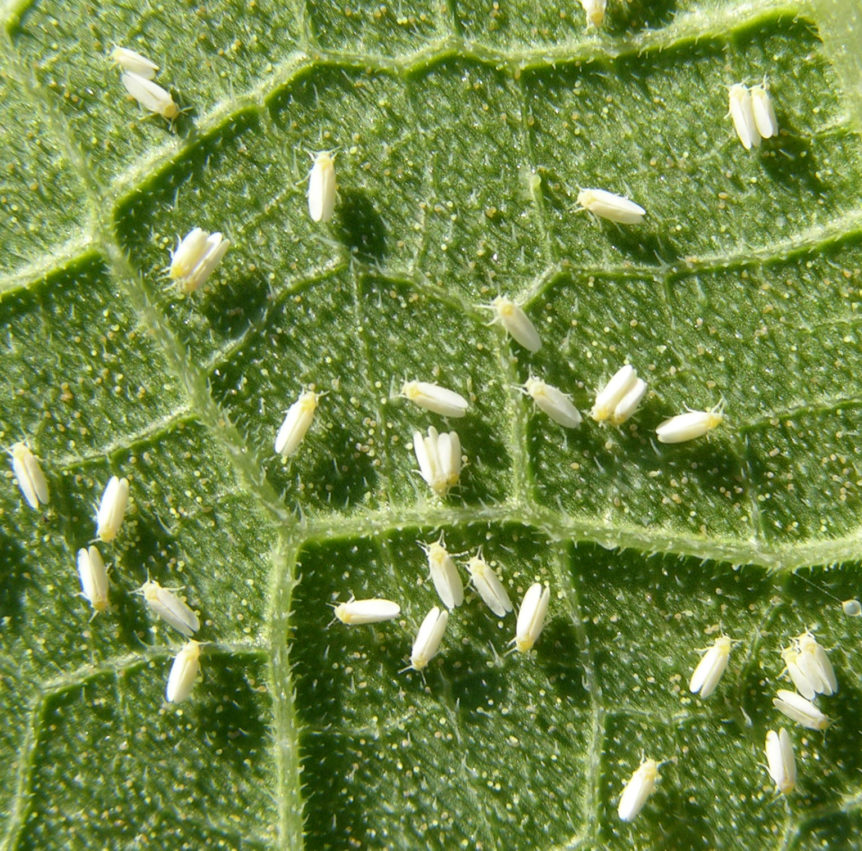
By Clint Thompson
Whitefly pressure was a non-factor in South Georgia’s fall vegetable crop this year. Hurricane Helene was a big reason why.
While the storm brought high winds and excessive rains that devastated multiple agricultural commodities, its one bright spot was its impact on the whitefly populations, says University of Georgia vegetable entomologist Stormy Sparks.
“The hurricane knocked them back pretty good, and it’s been cold at night. They’re out there, but there’s a lot of fields where they haven’t built in the last three weeks or a month,” Sparks said. “They’ve still got them. They’ve still got to treat for them but not nearly as aggressively.”
Whiteflies migrate from winter vegetables to spring vegetables to agronomic crops, mainly cotton, to fall vegetables and back to winter vegetables. They are usually high in numbers this time of year and are threatening because of the many viruses they can transmit. These include cucurbit leaf crumple virus and cucurbit yellow stunting disorder virus.
Hurricane Helene moved through the South Georgia area on Sept. 26 and 27 and brought heavy rainfall, mostly to the southeastern part of the state. According to the UGA Weather Network, Douglas, Georgia, received 3.48 inches of rainfall during those two days. Tifton, Georgia, received 4.47 inches during that same timeframe and Moultrie, Georgia, received 4.82 inches.
“When you get that much rain over that big of an area all at one time, it knocks down the adults really well,” Sparks said.










